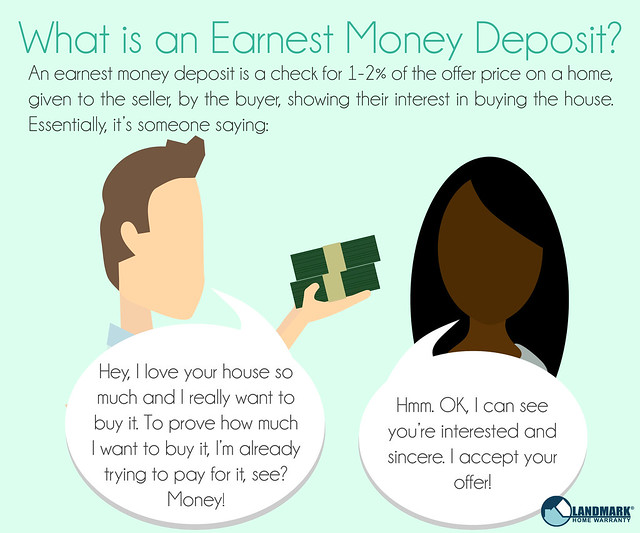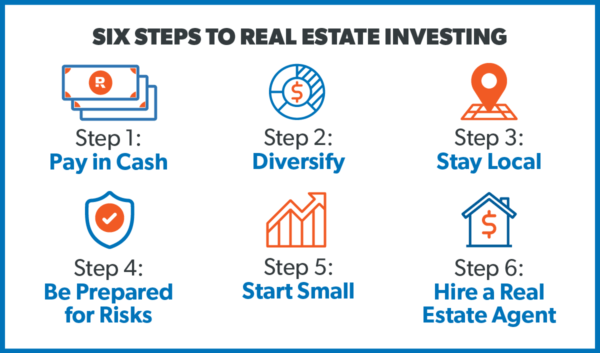The factor most lending institutions require a 20% down payment is due to equity. If you don't have high sufficient equity in the house, you're thought about a possible default liability. In simpler terms, you represent more risk to your loan provider when you do not spend for enough of the house. PMI is computed as a portion of your original loan quantity and can range from 0. 3% to 1. 5% depending on your deposit and credit history. When you reach at least 20% equity, you can request to stop paying PMI.Homeowners association (HOA) charges are common when you purchase a condo or a home that's part of a planned neighborhood.
The costs cover typical charges, such as community area maintenance (such as the turf, community swimming pool or other shared amenities) and building upkeep. When you're looking at homes, HOA costs are typically revealed upfront, so you can see just how much the current owners pay monthly or each year. HOA costs are an extra continuous cost to compete with, they do not cover real estate tax or house owners https://www.businesswire.com/news/home/20191125005568/en/Retired-Schoolteacher-3000-Freed-Timeshare-Debt-Wesley#.Xd0JqHAS1jd.linkedin insurance coverage for the most part. Pick a long loan term, Buy a cheaper home, Pay a bigger down payment, Discover the most affordable rate of interest available to you, You can anticipate a smaller expense if you increase the variety of years you're paying the home mortgage.
For example, a 15-year home mortgage will have higher regular monthly payments than a 30-year mortgage, since you're paying the loan off in a compressed quantity of time. An obvious however still crucial route to a lower regular monthly payment is to buy a more economical home. The higher the home cost, the higher your monthly payments. This ties into PMI. If you don't have actually adequate saved for a 20% down payment, you're going to pay more every month to secure the loan. Purchasing a home for a lower rate or waiting until you have bigger deposit savings are how do i get out of my timeshare 2 ways to conserve you from bigger month-to-month payments.
You don't need to accept the first terms you get from a loan provider. Attempt shopping around with other lending institutions to discover a lower rate and keep your monthly mortgage payments as low as possible. If you have an FHA loan, the PMI sticks with you throughout the remainder of the loan. The only way to leave it is to re-finance, which is another process in and of itself. If you have a conventional loan, the PMI will burn off as soon as you reach 20% LTV, however that will generally take 7-10 years. There are a few ways to get out of paying PMI. Put 20% down Discover a portfolio loan provider: Portfolio lending institutions are those that keep their loans by themselves books. To put it simply, they do not sell their loans to Fannie or Freddie, so they have the ability to be more versatile.

Some Known Incorrect Statements About How Do You Invest In Real Estate

While you might not pay PMI, your interest rate may be higher, which may not eventually make a huge influence on your month-to-month payment. 80/10/10 agreement: Some lending institutions will offer an 80/10/10 agreement. With this strategy, you secure your typical 80% loan that would avoid PMI completely (What is a real estate investment trust). You then take out an additional loan for 10%, and after that you just put 10% down yourself. This can be risky since that extra 10% loan might have crazy terms, consisting of balloon payments, adjustable rate of interest, etc. Examine out this short article to find out more about PMI.
Home loan Insurance (also referred to as home mortgage guarantee and home-loan insurance coverage) is an insurance coverage which compensates loan providers or investors for losses due to the default of a mortgage. Mortgage insurance coverage can be either public or personal relying on the insurance provider. The policy is also called a home loan indemnity warranty (MIG), especially in the UK. In Australia, borrowers must pay Lenders Mortgage Insurance (LMI) for home mortgage over 80% of the purchase cost. [] In Singapore, it is compulsory for owners of HDB flats to have a mortgage insurance if they are using the balance in their Central Provident Fund (CPF) accounts to pay for the regular monthly installation on their home loan.
Private home mortgage insurance coverage, or PMI, is normally required with most standard (non federal government backed) mortgage programs when the down payment or equity position is less than 20% of the residential or commercial property value. To put it simply, when acquiring or re-financing a house with a traditional home mortgage, if the loan-to-value (LTV) is higher than 80% (or equivalently, the equity position is less than 20%), the customer will likely be required to bring private home loan insurance. PMI rates can vary from 0. 14% to 2. 24% of the principal balance each year based upon percent of the loan guaranteed, LTV, a fixed or variable interest rate structure, and credit rating.
The majority of people pay PMI in 12 monthly installments as part of the home loan payment. In the United States, PMI payments by the customer were tax-deductible till 2018. Debtor paid private mortgage insurance coverage, or BPMI, is the most common kind of PMI in today's home loan financing market. BPMI permits borrowers to acquire a home loan without having to provide 20% deposit, by covering the lending institution for the included risk of a high loan-to-value (LTV) home mortgage. The US Homeowners Defense Act of 1998 enables debtors to demand PMI cancellation when the amount owed is lowered to a specific level. The Act needs cancellation of borrower-paid home loan insurance when a specific date is reached.
The Basic Principles Of How To Get A Real Estate License In California
BPMI can, under particular situations, be cancelled earlier by the servicer buying a new appraisal showing that the loan balance is less than 80% of the home's value due to appreciation. This generally needs a minimum of 2 years of on-time payments. How to be a real estate agent. Each financier's LTV requirements for PMI cancellation vary based on the age of the loan and current or initial tenancy of the home. While the Act uses only to single family primary houses at closing, the financiers Fannie Mae and Freddie Mac allow mortgage servicers to follow the very same guidelines for secondary homes. Financial investment properties generally need lower LTVs.
In some cases, the Loan provider is giving the debtor a credit to cover the cost of BPMI. Lender paid private mortgage insurance coverage, or LPMI, is comparable to BPMI except that it is paid by the loan provider and constructed into the interest rate of the home loan. LPMI is generally a function of loans that declare not to require Mortgage Insurance coverage for high LTV loans. The advantage of LPMI is that the overall monthly mortgage payment is typically lower than a similar loan with BPMI, but since it's constructed into the rate of interest, a debtor can't eliminate it when the equity position reaches 20% without refinancing.
In home loan insurance coverage, a master policy released to a bank or other mortgage-holding entity (the insurance policy holder) lays out the terms and conditions of the protection under insurance certificates. The certificates record the specific characteristics and conditions of each specific loan. The master policy consists of different conditions consisting of exclusions (conditions for denying protection), conditions for notification of loans in default, and claims settlement. The legal provisions in the master policy have gotten increased analysis since the subprime home loan crisis in the United States. Master policies normally need prompt notification of default consist of provisions on regular monthly reports, time to file suit constraints, arbitration agreements, and exemptions for neglect, misstatement, and other conditions such as pre-existing ecological contaminants.
Coverage can be rescinded if misrepresentation or fraud exists. In 2009, the United States District Court for the Central District of California identified that home loan insurance could not be rescinded "poolwide". Home mortgage insurance began in the United States in the 1880s, and the very first law on it was passed in New York in 1904. The industry grew in action to the 1920s real estate bubble and was "entirely bankrupted" after the Great Anxiety. By 1933, no personal home mortgage insurance provider existed.:15 The insolvency was connected to the market's involvement in "home timeshare cancellation lawyer loan pools", an early practice similar to home loan securitization. The federal government started insuring mortgages in 1934 through the Federal Real Estate Administration and Veteran's Administration, but after the Great Anxiety no personal mortgage insurance coverage was authorized in the United States till 1956, when Wisconsin passed a law enabling the very first post-Depression insurance company, Home loan Guaranty Insurance Corporation (MGIC), to be chartered.